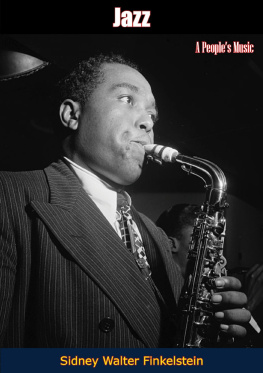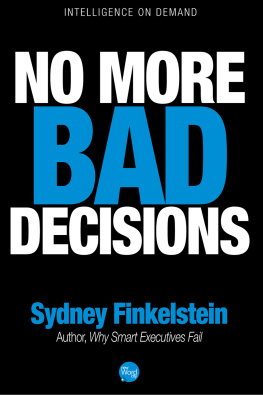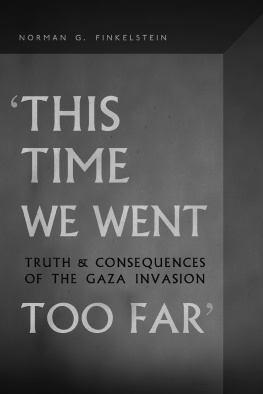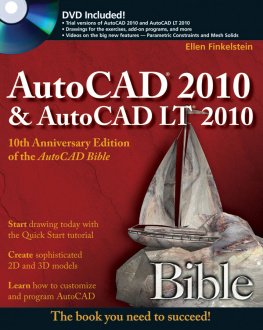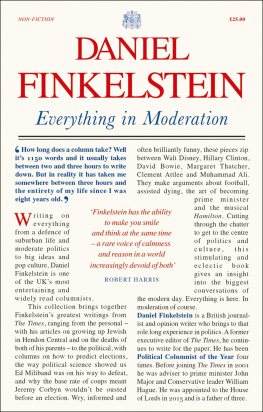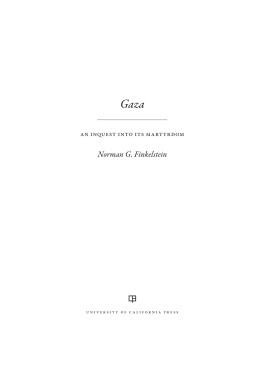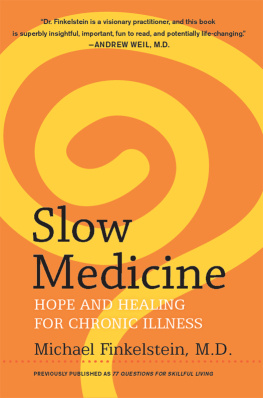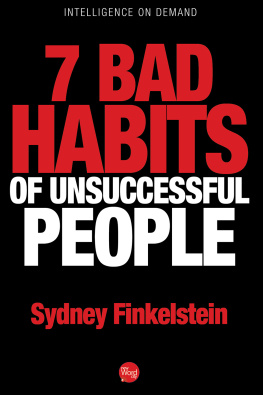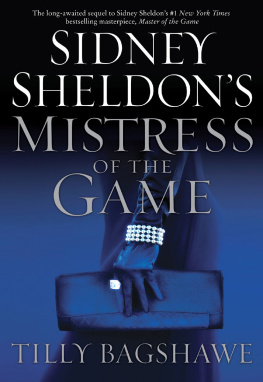Sidney Walter Finkelstein - Jazz
Here you can read online Sidney Walter Finkelstein - Jazz full text of the book (entire story) in english for free. Download pdf and epub, get meaning, cover and reviews about this ebook. year: 2019, publisher: INscribe Digital, genre: Art. Description of the work, (preface) as well as reviews are available. Best literature library LitArk.com created for fans of good reading and offers a wide selection of genres:
Romance novel
Science fiction
Adventure
Detective
Science
History
Home and family
Prose
Art
Politics
Computer
Non-fiction
Religion
Business
Children
Humor
Choose a favorite category and find really read worthwhile books. Enjoy immersion in the world of imagination, feel the emotions of the characters or learn something new for yourself, make an fascinating discovery.
- Book:Jazz
- Author:
- Publisher:INscribe Digital
- Genre:
- Year:2019
- Rating:3 / 5
- Favourites:Add to favourites
- Your mark:
- 60
- 1
- 2
- 3
- 4
- 5
Jazz: summary, description and annotation
We offer to read an annotation, description, summary or preface (depends on what the author of the book "Jazz" wrote himself). If you haven't found the necessary information about the book — write in the comments, we will try to find it.
Jazz — read online for free the complete book (whole text) full work
Below is the text of the book, divided by pages. System saving the place of the last page read, allows you to conveniently read the book "Jazz" online for free, without having to search again every time where you left off. Put a bookmark, and you can go to the page where you finished reading at any time.
Font size:
Interval:
Bookmark:


This edition is published by Muriwai Books www.pp-publishing.com
To join our mailing list for new titles or for issues with our books muriwaibooks@gmail.com
Or on Facebook
Text originally published in 1948 under the same title.
Muriwai Books 2018, all rights reserved. No part of this publication may be reproduced, stored in a retrieval system or transmitted by any means, electrical, mechanical or otherwise without the written permission of the copyright holder.
Publishers Note
Although in most cases we have retained the Authors original spelling and grammar to authentically reproduce the work of the Author and the original intent of such material, some additional notes and clarifications have been added for the modern readers benefit.
We have also made every effort to include all maps and illustrations of the original edition the limitations of formatting do not allow of including larger maps, we will upload as many of these maps as possible.
JAZZ: A PEOPLES MUSIC
BY
SIDNEY FINKELSTEIN
Illustrated by JULES HALFANT

Contents
This year has seen the birth of the state of Israel. It is to the people of the new nation that this book is dedicated knowing that they, fighting for independence, will welcome this story of another peoples struggle for freedom, and their creation of a culture.

People who create jazz generally dont write about it, and jazz records have a way of being remembered after theories about them are long forgotten. If there were no art, there would be no books about it. Writers are often only faintly aware of realities which the jazz musician knows but cannot describe.
Yet there is a legitimate task for the writer on jazz, as on any art. It is to bring understanding of the art to a greater number of people, and also to put the art itself into a perspective which the individual creator himself may not see.
This book attempts to tackle a problem which has been left unsolved ever since the beginning of jazz history. It is to place jazz as part of world music. The artificial distinction between classical and popular, highbrow and low brow, is ready for the ashcan. Jazz is the most important single body of music yet produced in America. But on the other hand, jazz is not helped by the exaggerated claims of some of its admirers, who consider it the music of the future, and find no other music worth knowing. Jazz must be studied for both its achievements and limitations. The first is necessary in order to break down the snobbery which still keeps jazz from being properly respected as a great music. The second is necessary in order to reveal the contradictions that still beset jazz, and to chart the road that it still has to travel. For jazz has a future as well as a past, and its surprises are by no means limited to its past history.
There exists a considerable literature about jazz, to all of which this book is greatly indebted. The first writing about jazz consisted of the listing of thousands of records, which had been issued mainly for a Negro public by companies that had no idea of their musical value. The names of the musicians who took part on these recordings were unearthed, and slowly a picture was formed of the outstanding men who had brought a new music into being. This collection of data was a magnificent piece of collective scholarship, although never called by that highfaluting name, and done by men whose main guide was their love for the music and keenness of ear. It required, moreover, close collaboration between the collectors and the musicians themselves. Critics abroad as well as at home took part in this research, and the classic compilation of record data is Charles Delaunays Hot Discography, although it is now rivaled by Orrin Blackstones Index to Jazz.
The French critic, Hugues Panassie, wrote the first analytic study of jazz to be widely read in America. Translated in 1936, as Hot Jazz, it provided the beginning student and collector with a guide to the bewildering wealth of material, and also gave the veteran collector many ideas to argue over. Today its theories no longer stand up. They were from the start attempts to find analytic words for what were only subjective impressions. Its great qualities, which still carry through today, were its genuine enthusiasm for the music, its willingness to point out some works as better than others, the fine ear for music of genuine stature that its author displayed.
Jazzmen, a collective historical study edited by Frederick Ramsey, Jr., and Charles Edward Smith, appeared in 1939, and carried the understanding of jazz a step forward. In this book, unlike Panassies, jazz appeared as the creation of an entire people more than of a few representative musicians. The authors were able to recreate in words a musical life, mainly of New Orleans, which was only faintly represented on records. Today there seems in the book to be too poetic a nostalgia thrown about the life of the Negro people in the South, and it is now apparent that the movement of the music North was not the great tragedy it appeared to be to the writers. This movement was a necessary forward step for jazz. But the book is still the best documentary history of the early days of jazz.
Winthrop Sargeants Jazz, Hot and Hybrid, appearing in 1938, brought to jazz the scrutiny of a professional music critic. Its weakness was that it tried to generalize, from a few selected records, some characteristics that were common to all. The author had no knowledge of the variety of moods and forms in the music, its origins and constantly changing content. Its study, however, of the chord structures, scale systems and rhythmic patterns of jazz were an improvement on Panassies definition of hot style, and still have value today.
Panassies second book, The Real Jazz, published in 1942, showed little advance over his first. In correcting the overemphasis of his first book on the work of the white musicians in Chicago, and evaluating the great achievements of the early Negro musicians, he fell into the error common among European critics of making a folk and a peoples art synonymous with the primitive. Thus he says, In music, primitive man has generally greater talent than civilized man, a foolish statement whether referring to jazz or to Beethoven. His tastes, so far as the progress of jazz was concerned, remained confined to the boundaries of ten years before, missing the boat on Basie and Lester Young.
The Jazz Record Book, by Charles Edward Smith assisted by Frederick Ramsey, Jr., Charles Payne Rogers and William Russell, also appeared in 1942. This book carried the approach of Jazzmen into record analysis. Its first 125 pages are an excellent compact history of the rise of jazz, thankfully lacking in primitivistic theories. The record criticisms are sharp and perceptive. The weakness of the book was that the authors limited themselves to the records actually in print at the time. Had the writers ignored the vagaries of record companies, and done what they can do so wellevaluate the main body of the recorded literature of New Orleans jazz and the bluesthey would have expended less space on music they didnt really like and provided a guide to collectors, students and record companies that would stand up today.
Next pageFont size:
Interval:
Bookmark:
Similar books «Jazz»
Look at similar books to Jazz. We have selected literature similar in name and meaning in the hope of providing readers with more options to find new, interesting, not yet read works.
Discussion, reviews of the book Jazz and just readers' own opinions. Leave your comments, write what you think about the work, its meaning or the main characters. Specify what exactly you liked and what you didn't like, and why you think so.

